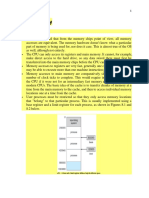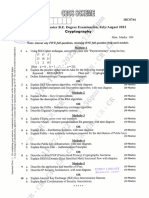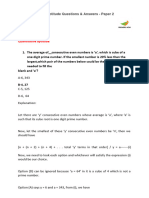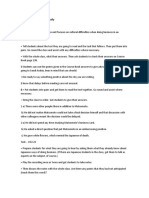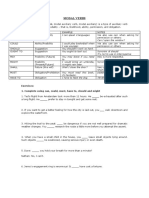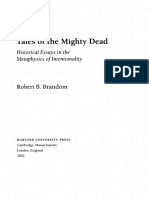0% found this document useful (0 votes)
11 views51 pagesModule - 3 - Memory Management Strategies - Part - 1
hhkjk
Uploaded by
Prince JaiswalCopyright
© © All Rights Reserved
We take content rights seriously. If you suspect this is your content, claim it here.
Available Formats
Download as PPTX, PDF, TXT or read online on Scribd
0% found this document useful (0 votes)
11 views51 pagesModule - 3 - Memory Management Strategies - Part - 1
hhkjk
Uploaded by
Prince JaiswalCopyright
© © All Rights Reserved
We take content rights seriously. If you suspect this is your content, claim it here.
Available Formats
Download as PPTX, PDF, TXT or read online on Scribd
/ 51




















